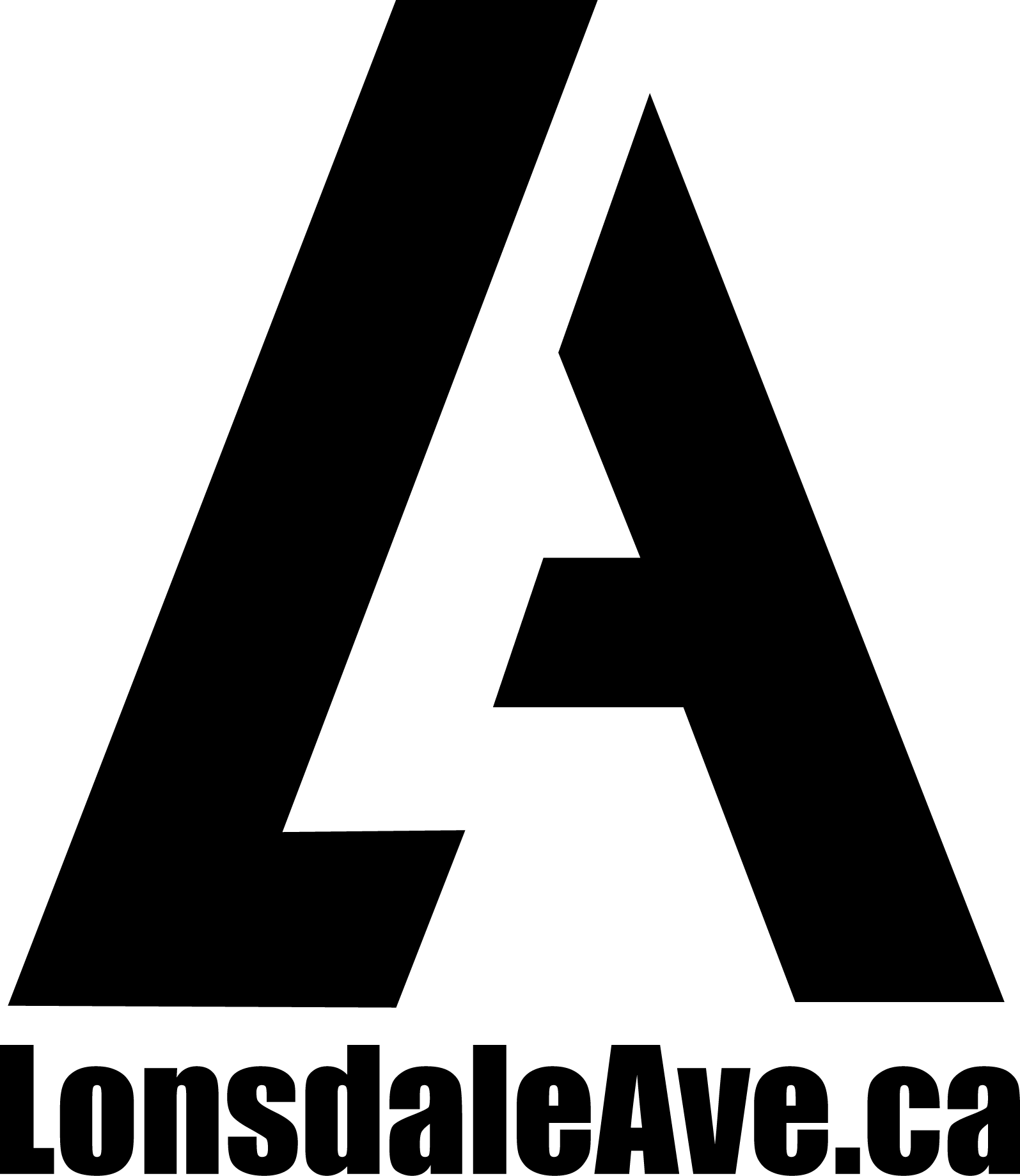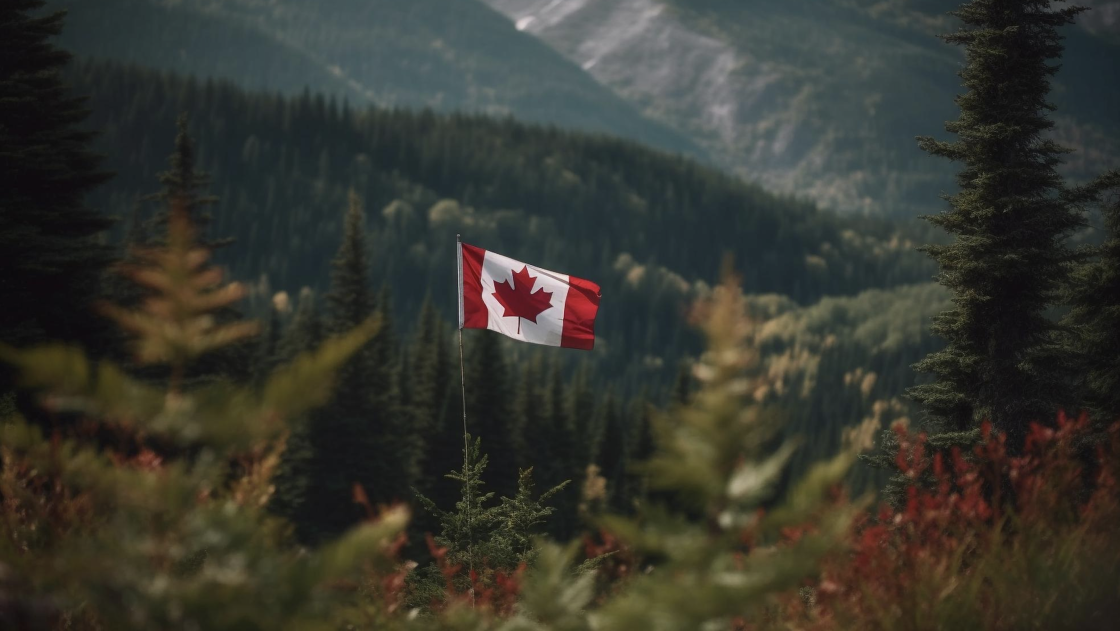content in this article cited from this Quora post
Introduction: The Picture-perfect façade
From the pristine azure lakes of Banff National Park to the verdant expanse of the Niagara wine region, Canada’s landscapes provide a compelling lure for those envisioning a tranquil rural life or even urban real estate ventures. However, under this picturesque façade lies a complex tapestry of historical legacies, legal intricacies, and nuances of ownership. To understand what it means to “own” land in Canada, one must delve into the historical context, dissect the intricacies of the legal framework, and grapple with some stark realities.
Unearthing Historical Roots: The Colonial Legacy
The concept of land ownership in Canada stems from the principle of the Crown’s ownership, a vestige of its colonial past. This principle posits that all lands, in theory, belong to the monarchy, a concept referred to as “Crown Land.” This notion contrasts sharply with many other countries, such as the United States, where private land ownership forms the cornerstone of property rights.
Unraveling the Fabric of Ownership: Fee Simple or Just a Lifetime Lease?
In Canada’s contemporary context, despite the enduring concept of “Crown Land,” individuals and corporations can purchase property. Upon acquisition, they receive a “title,” a legal instrument conferring an array of rights regarding the land’s usage. However, contrary to popular belief, owning a title does not equate to absolute ownership. Instead, it more closely resembles a lifetime lease that comes bundled with a multitude of constraints.
While Canada’s land ownership system operates predominantly on a ‘fee simple’ basis, it’s vital to decipher what this term signifies. ‘Fee simple‘ is indeed the most extensive form of land ownership, entitling owners to sell, lease, mortgage, bequeath, or otherwise dispose of their property. However, it is subject to various interests and restrictions. These include zoning bylaws, restrictive covenants, property taxes, and the Crown’s rights, especially concerning subsurface resources. Therefore, the concept of ‘fee simple’ is riddled with conditions, leaving the notion of absolute ownership a distant dream.
If a landowner passes away intestate (without a will), the property does not automatically go to the Crown. Instead, the provincial or territorial laws governing estate administration come into effect, usually granting the property to the deceased’s next of kin. However, if no eligible next of kin can be found, the property indeed escheats to the Crown.
Furthermore, failure to adhere to property tax laws can lead to municipalities imposing tax liens, ultimately forcing a tax sale if the owner fails to pay the outstanding amount. Therefore, while Canadians may assume they “own” their property, the specter of the Crown’s overarching control is a constant presence, making outright ownership more of an illusion.
Interpreting the Framework: Unveiling the Protective Illusion
The ownership illusion is further reinforced by Canada’s legal framework, which is primarily based on common law, derived from English law but modified to fit Canadian conditions. This framework safeguards landowners by ensuring accessible land ownership records and transparent processes.
Each province and territory in Canada maintains a land registry system, where ownership, interests, and restrictions are recorded. These systems operate under the “Torrens system” of land registration, guaranteeing the registered title’s validity. Despite this, the guarantee is not an assertion of absolute ownership. Instead, it only assures the accuracy of the registry, providing certainty and security to the landowners within the defined framework of ‘fee simple’ ownership.
Confronting Reality: Indigenous Land Rights and the Crown’s Empty Promises
Land ownership in Canada becomes an even more tangled web when considering Indigenous lands. Indigenous lands, typically held by Indigenous groups under a spectrum of arrangements, are a testament to historical treaties, negotiations, and often, broken promises.
From reserves to settlements arising from comprehensive land claim agreements or self-government agreements, the relationship between Indigenous lands and Crown Land is a nuanced and often contentious issue, steeped in historical, legal, and political undertones. The process of reconciliation and the journey towards honoring the unfulfilled promises to Indigenous Peoples adds another layer of complexity to the already intricate scenario of land ownership in Canada.
Dissecting Mineral, Water, and Wildlife Rights: Separating the Layers
Delving deeper into the intricacies of land ownership, the dichotomy of surface rights and subsurface rights in Canada presents a unique conundrum. The Crown often retains ownership of subsurface resources, creating situations where landowners may not control or profit from the wealth lying beneath their property.
Water rights, in contrast, are generally tied to the land. Yet, significant water extraction, often associated with commercial ventures, necessitates licenses or approval from provincial authorities.
As for wildlife, Canadian law posits that wild animals are a public resource, falling under provincial, territorial, or federal jurisdictions. While this prevents private entities from asserting ownership over wildlife, it underlines the reality of constraints faced by landowners.
Conclusion: The Mirage of Land Ownership in Canada
The dream of land ownership in Canada is shrouded in layers of legal, historical, and political complexities. While Canadians can “purchase” land and acquire a multitude of rights, the illusion of outright ownership remains just that – an illusion. The concept of ‘fee simple’ ownership, the legacy of Crown Land, the unresolved question of Indigenous land rights, and the dissection of surface and subsurface rights all contribute to this fascinating yet complex matrix.
Ownership, in the Canadian context, is more akin to a regulated lease, an accord that grants extensive rights to land use but remains far removed from absolute control. As Canadians navigate the labyrinth of land ownership, it’s important to remember that the journey is not just about purchasing and using property. It’s about understanding and negotiating the intricate dance between individual rights and collective responsibilities, historical legacies and contemporary realities, and the delicate balance between the illusion and the actuality of land ownership.



Your description of ownership rights in Canada may be close to accurate. The tone of your writing suggests that this a negative thing. It is not in my opinion. It is a balance between public and private good that works reasonably well. Never perfectly but nothing does.